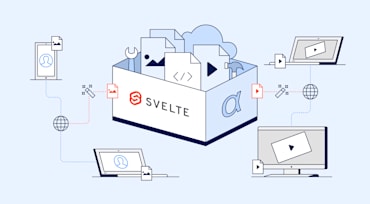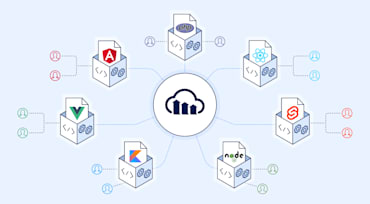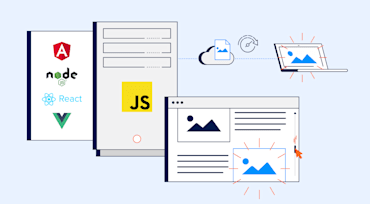Despite United States founder Benjamin Franklin’s wisdom that three can keep a secret if two of them are dead, you as developers often need contributions from third parties for your project. However, in today’s digital world, security in software development is a predominant concern. With respect to management of rich media, it’d be ideal if those folks could upload images or videos to your Cloudinary account without having to log in.


Despite our disappointment at the cancellation of our fourth annual ImageCon conference in late April due to the pandemic, we forged on and are thrilled to announce a digital version of ImageCon on Monday July 27 through the 30th, an excellent forum for learning from our customers, partners, and colleagues. The new digital format will deliver much of the same Visual Web-related content planned for April along with new additions, featuring five interactive sessions by renowned experts in the media sector. Each session will be about 30 minutes long, during which you can ask the speakers questions live and “get on stage.” Also, you can watch the sessions on demand afterwards.

Most might know Bloomsbury Publishing as the publisher of the Harry Potter series. What you might not know is that the publishing house also has a vibrant academic division that offers digital reproductions of encyclopedias, manuscripts and museum collections for use by university libraries and researchers. Seeking a way to manipulate and serve high-resolution images, combined with security that prevented anyone other than library patrons and paid users to access the content, Bloomsbury discovered Cloudinary’s digital asset management (DAM) solution.

It’s no secret that visual storytelling matters. And for brands, it’s a requirement. In fact, brands themselves really are the manifestation of the stories they tell. They don’t sell products; they sell stories.

As lightweight versions of native apps, progressive web apps (PWAs) offer a reliable, instantly installable version of traditional apps. This post explains the inner workings of PWAs, describes the best practices for developing PWAs, and clues you in to Cloudinary’s superior capabilities for optimizing rich media for faster load times as part of app content.

Back in April, Cloudinary made available on npm an alpha version of its components library for Svelte, a release that’s a wonderful addition to Cloudinary’s suite of client-side SDKs: React, Vue, and Angular. Those three front-end SDKs offer simple yet comprehensive optimization, transformation, and delivery capabilities for images and videos—features that you can tailor to automatically apply the best-fitting formats for all devices and browsers.

Since its founding in 2012, Cloudinary has released software development kits (SDKs) in over a dozen languages and frameworks, adding feature after feature for numerous technologies. So far, those releases have proceeded in an evolutionary manner. We’re now overhauling them to serve developers even better, starting with the JavaScript (JS) SDK. For details, see our recent post on Cloudinary’s next-generation developer SDKs.

For the past eight years, Cloudinary powered media experience for countless websites and systems worldwide by managing, delivering, and optimizing their media. That’s because Cloudinary’s technology gives you, as developers, capabilities for creating, manipulating, and transforming media on the fly with a self-evident API in the form of a URL.

JavaScript is a popular programming language, typically for building interactive web apps, thanks to its ease of use and ability to run in any browser with no "JavaScript turned off" setting. The language is easy to learn, accelerating app development. However, to avoid performance issues, be sure to optimize your JavaScript apps for media loading. You can do that by adopting techniques for optimizing website images, such as lazy loading.
